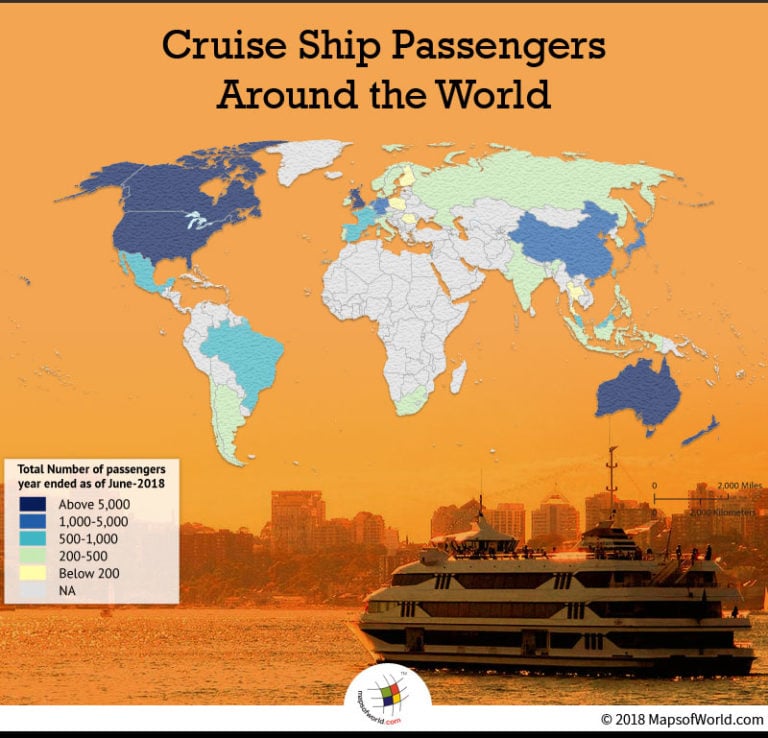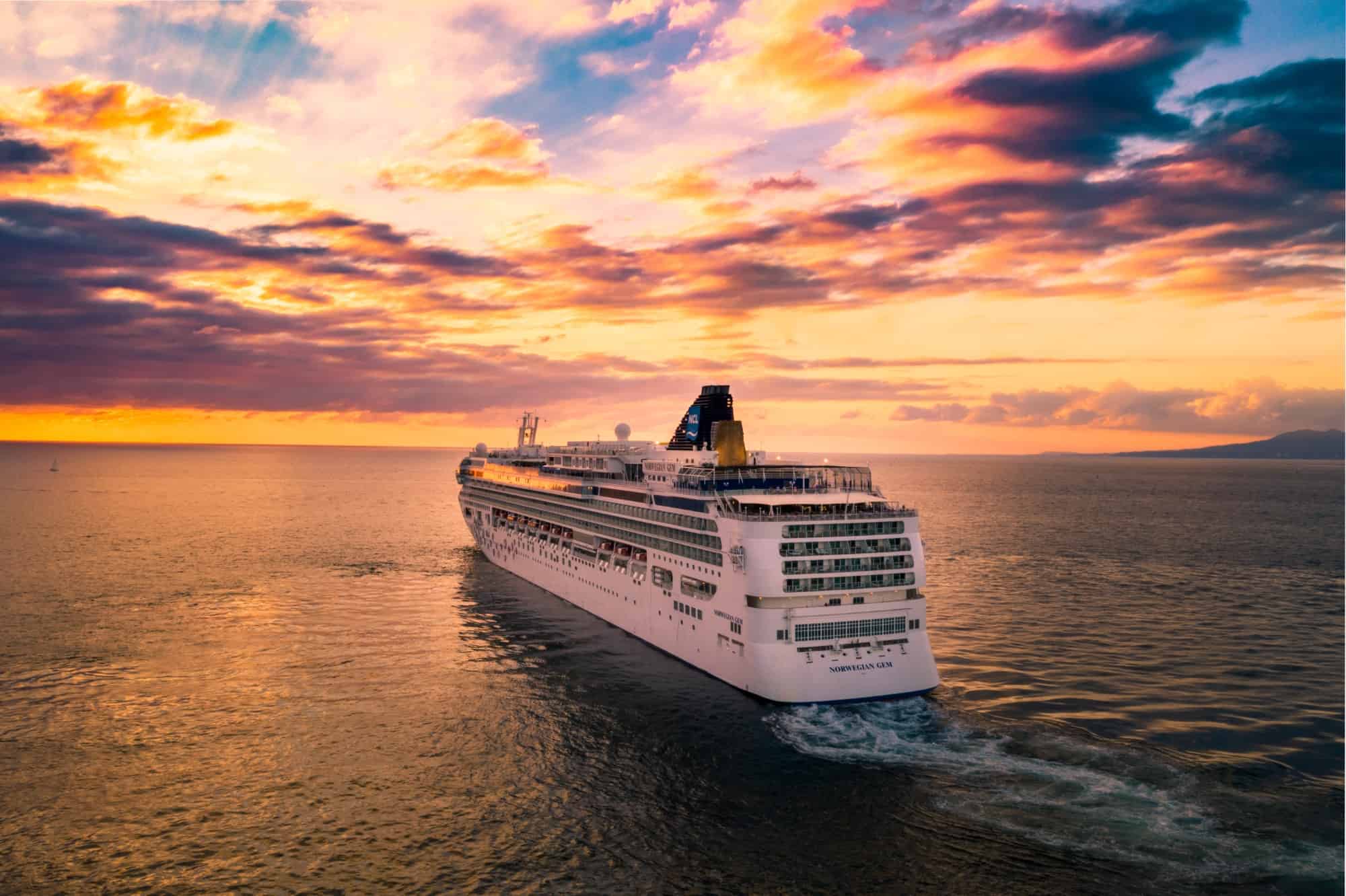Table Of Content
- Why Do We Use Knots Instead of MPH?
- Cruise Ship Speeds or How Fast Do Cruise Ships Go? 7 Popular Cruise Ships Compared
- When do cruise ships reach close to maximum speed?
- Carnival Cruise Line loyalty program
- The Fastest Cruise Ships in the World
- How Cruise Ship Speed Affects Itinerary
- Cruise Ship Fuel Usage: Size Vs. Efficiency

However, after being refurbished, its maximum speed increased to 19 knots. Today, the Disney Wonder is one of the fastest cruise ships in the fleet. It reaches speeds of 23 knots thanks to its powerful engine system. Normal cruising speed refers to the maximum speed at which a vessel travels without any additional propulsion systems. Most modern cruise lines use diesel engines to generate electricity for running all major electrical equipment aboard the ship. Cruise ships don’t generally go over 20-something knots for a couple of reasons.
Why Do We Use Knots Instead of MPH?
The speed at which cruise ships travel on open seas is known as ‘cruising speed’ or ‘service speed’. This speed offers the best combination of distance travelled and fuel economy. Imagine a cruise ship that requires nearly 225 tons of fuel every day to achieve an average cruising speed of 24 knots. By decreasing its speed by three knots per hour, this ship could save 75 tons of fuel a day.
Cruise Ship Speeds or How Fast Do Cruise Ships Go? 7 Popular Cruise Ships Compared
Note that the Carnival fleet is scheduled to grow over the next year with two more new vessels. As noted above, the line has ordered another sister vessel to Mardi Gras and Carnival Celebration that will be ready to sail in late 2023. However, with two exceptions, they're not giants by today's standards. Carnival ships are all about fun in a very laid-back, unpretentious, nothing-too-fancy sort of way. In other words, you’re taking a massive Las Vegas resort, or a building nearly the height of the Empire State Building, laying it on its side and then sailing it all around the world. We’ll be sharing tips, advice, vlogs and the latest news on all of the biggest cruise lines.
When do cruise ships reach close to maximum speed?

We’ll talk about the different variables that affect speed and see how cruise ships compare to other ocean-going vessels. In short, the cruising speed of a ship dramatically depends on the ship’s size and design. The ship’s structure will determine how it burns fuel and how it navigates changing ocean conditions, all of which affect its speed. Essentially, every improvement means cruise ships can go faster with the same fuel use or the same speed with less energy.
Carnival Cruise Line loyalty program
For this reason, cruise ships strive to find that sweet spot between a swift cruising speed and maximum fuel efficiency. Similarly, most cruise ships are capable of traveling faster than knots. But unless there’s a compelling reason to do so (such as avoiding severe weather), they’ll rarely travel at top speed. Ship design also plays a critical role in determining a cruise ship’s speed. Modern ships are engineered to optimize hydrodynamic efficiency, reducing drag and increasing overall speed. A ship’s propulsion system, which can vary between traditional diesel-electric engines and gas turbines, can also influence its speed.
However, the line's next-biggest vessel, the 4,090-passenger Carnival Venezia, measures just 135,225 tons. That's about 40% smaller than the biggest ships operated by Royal Caribbean. In this chip log, knots were tied at equidistant intervals in a rope and on the end of the rope a piece of wood was attached to it.
The Fastest Cruise Ships in the World
For instance, if your ship is traveling at a cruising speed of 20 knots, this is equivalent to around 23 miles per hour. Cruise ships are comparable to enormous naval towns, with the capacity to carry anywhere from 4,000 to 6,000 people. It’s natural to be curious about the speed of cruise ships, given the massive size of these vessels.
How fast do cruise ships go? - Royal Caribbean Blog
How fast do cruise ships go?.
Posted: Wed, 14 Sep 2022 07:00:00 GMT [source]
Cruise ships have better fuel economy at certain speeds, and for both environmental and financial reasons, many cruise liners make fuel savings a priority. So, the speed of a cruise often depends on what is most fuel-efficient. Cruise ships are scheduled to arrive in port at a certain time, and each hour they spend in port costs the company money in docking fees. As a result, a ship will reduce speed so they arrive exactly at the time they are scheduled to dock, and not earlier. One example of using science to help ships be faster is via the installation of an air bubble system under the hull.
Cruise Ship Fuel Usage: Size Vs. Efficiency
In addition, there are several shops where you can purchase souvenirs and gifts. To put that into perspective, one knot is about 1.15 regular miles per hour (the speed measurement we use on land). So, when you’re comparing speed in different contexts—on land, air, or sea—remember that the units of measurement aren’t the same. Learning about this is your first-class ticket to the nautical lingo club.
As was just said, the average cruising speed of cruise ships may be affected by a wide number of factors that are found in the surrounding environment. When conditions are quite smooth between ports of call, the average contemporary vessel sails at a speed of around 20 knots, which is approximately similar to 23 miles per hour. One of the most frequent questions we hear at Cruise Critic is "How fast does a cruise ship go?" Cruise ship speeds are measured in knots; 1 knot equals about 1.15 miles per hour. The average speed of a modern cruise ship is roughly 20 knots (23 miles per hour), with maximum speeds reaching about 30 knots (34.5 miles per hour). So, whether you’re cruising during the day or at night, the average speed of a modern cruise ship remains consistent. Most cruise ships have the capability to maintain their cruising speed of around 20 knots, providing a steady and comfortable journey for all onboard.
There are no official records regarding how fast a cruise ship goes because it varies depending on factors like weather conditions, sea state, etc. Knots were originally used because they represented a unit of measurement based on time rather than distance. Before then, mariners had no way of expressing their speed other than by counting strokes of oars or sails. By dividing one minute into 60 seconds, sailors could easily calculate the number of minutes needed to cover a certain distance. However, since the invention of the steam-powered internal combustion engine, we now use miles instead of knots.
After it was retired from the cruise business, the Olympic Voyager became the fastest cruise ship. One of the biggest cruise ships in the world is the 1,181-foot Oasis of the Seas. This gigantic vessel travels at a cruising speed of 20.2 knots per hour, but it can reach a maximum speed of 23.8 knots. It’s important to remember that these speeds are exceptional and not the norm for most cruise ships. In fact, the average cruising speed of a typical cruise ship is around 19 to 23 knots (23 to 26 mph).

No comments:
Post a Comment